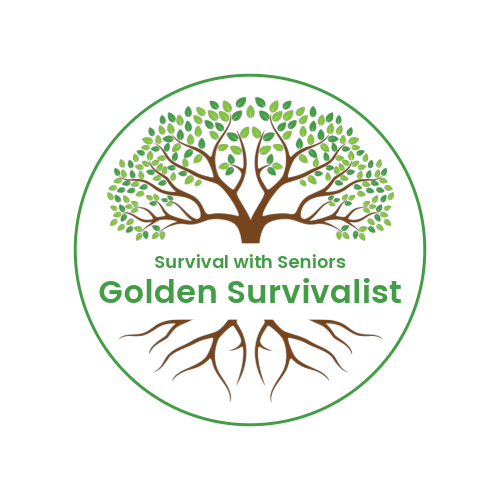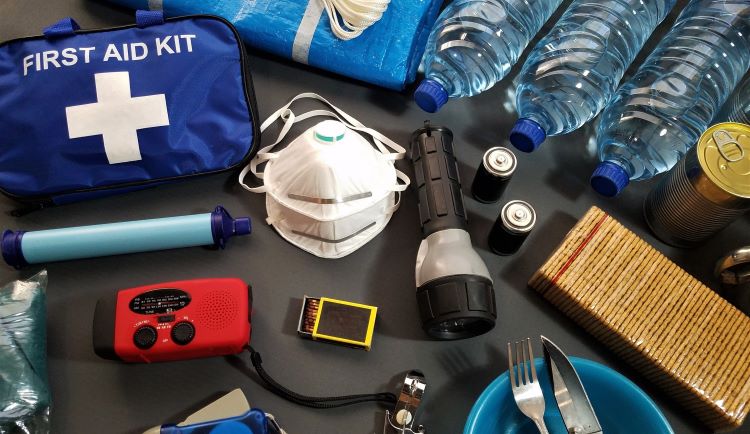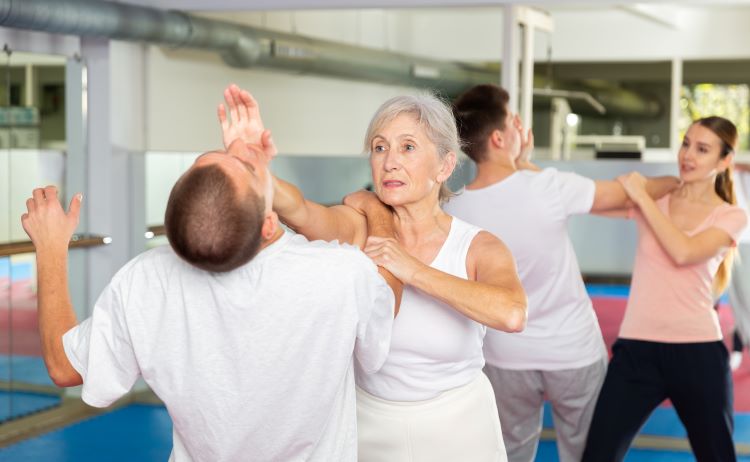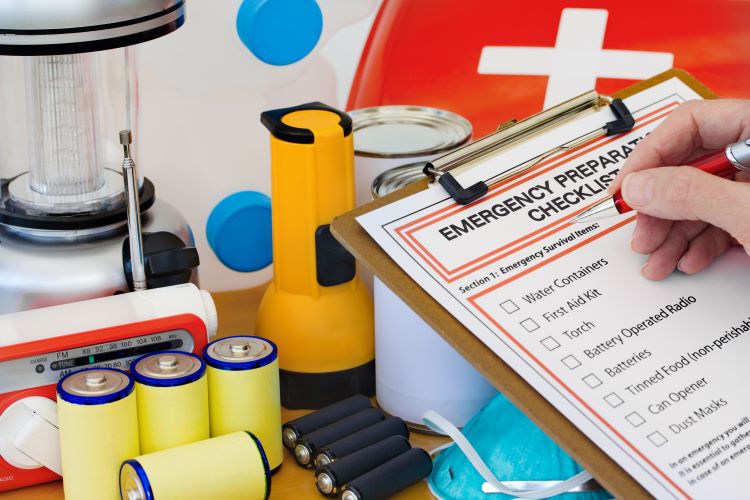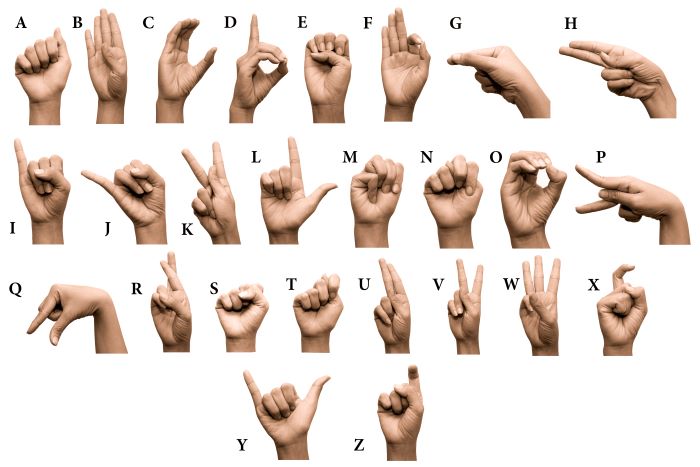Evacuation Plans for Seniors in a Nuclear Emergency
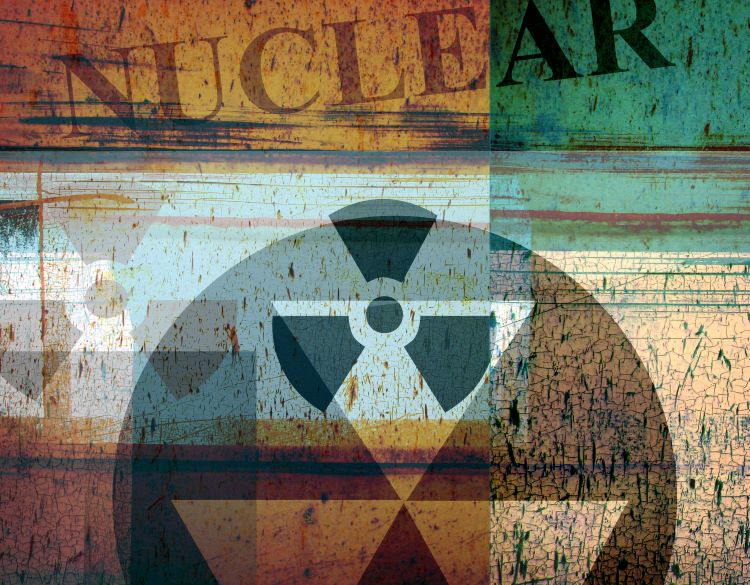
Now we are in my biggest fear, nuclear war. But fear of an EMP attack is pretty close, too. I was born just after the Korean War and lived my formative years during the Cold War. My college years were during the Vietnam War. See where I’m going with this? War is not ubiquitous. There is no scientific proof that we are hardwired for war. But it sure has been there all my life. Now I’m a senior and the world is going to “… in a handbasket.”
If you’re caring for a senior or a senior yourself, know this: the usual evacuation plan might not cut it during a nuclear emergency. The reason is that seniors’ physical and medical needs can significantly differ from the broader population, with mobility challenges and health conditions as potential obstacles to a swift evacuation.
Related – How to Prepare Seniors for a Natural Disaster
For those with mobility issues, standard evac procedures can be daunting. Stairs, long walks, and the absence of personal transportation can turn what should be a quick escape into a complicated ordeal. A plan is insufficient; you need one that accounts for these extra hurdles.
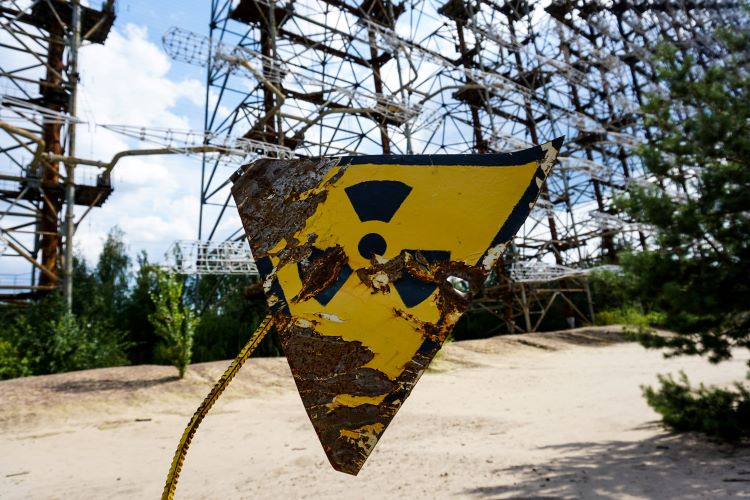
Read this – Chernobyl disaster
Personalization is key. Besides the basics, such as access to transportation and easy-to-navigate routes, seniors’ evacuation plans should integrate specifics like medication schedules, dietary needs, and the availability of necessary medical equipment. It’s about ensuring every senior has a realistic and practical plan addressing their unique circumstances.
The game plan here is clear-cut: identify the hurdles unique to seniors and design evacuation strategies around them. This is essential to ensure their safety and well-being during a nuclear emergency. Planning isn’t a one-size-fits-all scenario, and cutting corners isn’t an option when we’re dealing with a group that requires additional assistance.
Creating a Comprehensive Evacuation Plan for Senior Safety
When it comes to the safety of seniors during a nuclear emergency, a well-thought-out evacuation plan is crucial. Let’s go over the steps to create an effective strategy that considers the unique needs of older adults.
Coordinating with local emergency services is vital. They often have resources tailored for seniors, like specialized transportation or designated shelters. Don’t wait until disaster strikes; reach out to them to integrate their services into your personal plan.
I remember this on TV when I was a kid. Do you?
If you’re a senior living alone or in an assisted living facility, consider your transportation options ahead of time. Ask if your community has evacuation services for those who don’t drive. Make sure to have a list of contacts who can assist with quick departure if needed.
Communication with family members and caregivers is another vital element. Everyone involved in the care of a senior should be aware of the action plan. Create a communication tree with all the important phone numbers and addresses. Remember, cell service might be compromised during emergencies, so have a backup method, like a radio, to stay informed.
Read this – Nuclear and radiation accidents and incidents
Your evacuation plan isn’t set in stone. You’ll find out about new resources or come across better ideas, and you can always adjust your approach down the road. The goal is to choose something that resonates with you and ensures maximum safety.
Preparedness and Practice: Ensuring Seniors are Ready to Act
I want to underline how critical education is in preparing for a nuclear emergency, especially for seniors. It’s not enough to have a plan; understanding the signs of a nuclear incident and knowing the immediate steps are life-saving skills. Seniors and their caregivers can benefit from resources provided by local authorities or community groups detailing these warning signs and appropriate reactions.
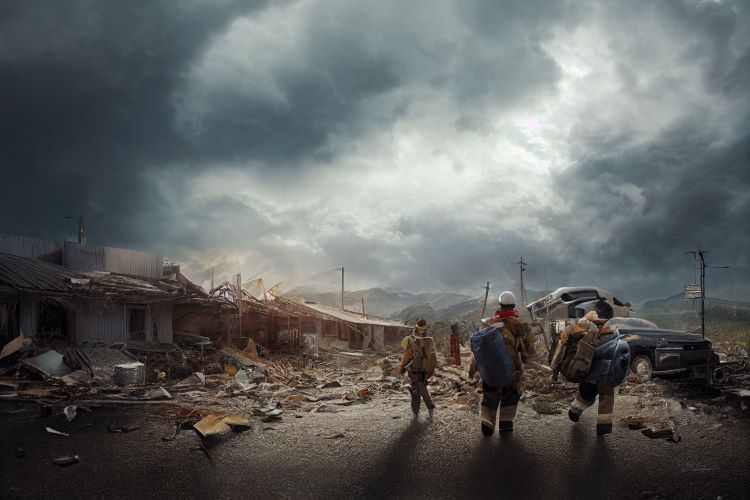
Consistent drills do more than prepare; they build confidence. Practice makes the unfamiliar familiar, and in the case of seniors, it reduces panic and enhances their ability to respond effectively. Caregivers and family members should actively participate in these drills, ensuring that all involved understand and execute the evacuation plan.
Evacuation isn’t just about getting to safety; it’s about staying well during the process. This is why an emergency kit curated to a senior’s specific needs is non-negotiable. It should include their regular medications, copies of essential documents, basic first-aid supplies, and items that provide comfort in stressful times. Adjustments can always be made to this kit, but the basics should always be packed and ready to go.
Read this – You Want This 30 Item Checklist with 50 Tips for a 2024 Survival Blueprint
Resources and support networks are pivotal. Establish strong connections with local emergency services, community groups, and neighbors. These relationships can offer knowledge and assistance before, during, and after a nuclear emergency. Remember, your first attempt at creating an evacuation plan doesn’t need to be perfect, but it should be improved with regular reviews and updates. I hope that this gives you a strong foundation to ensure that seniors are not just safe but also supported through preparedness and practice.
Please leave me a comment below if you like this article, want to discuss the subject, or need more information.
